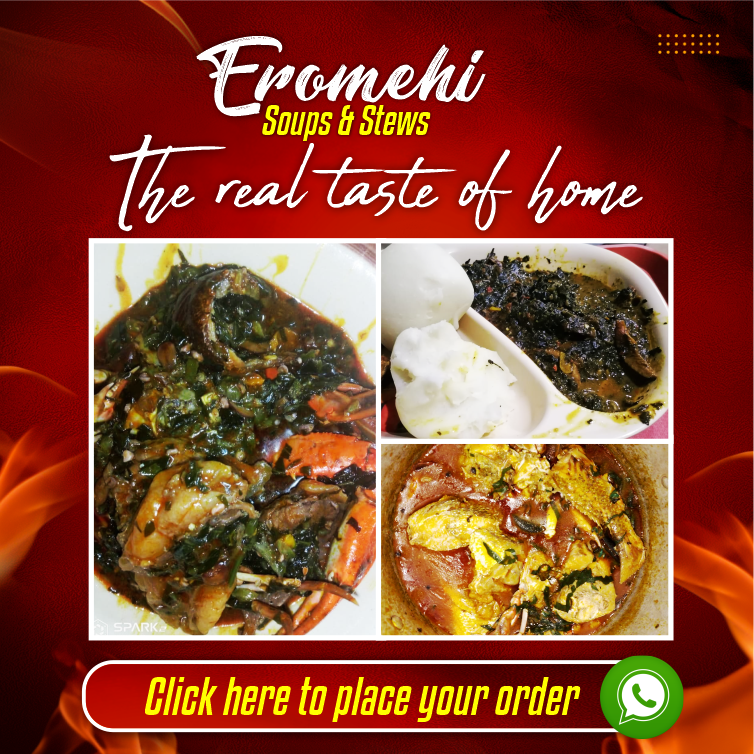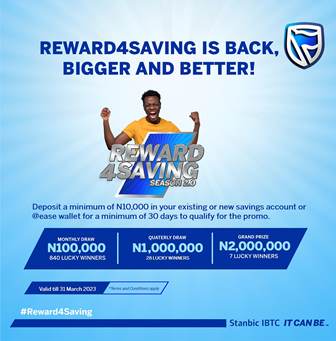Event branding is more than just a logo and a tagline; it’s about creating a cohesive and memorable visual experience that communicates the event’s purpose, values, and atmosphere. Whether you’re designing for a corporate conference, a music festival, or a wedding, cohesive branding helps establish the event’s identity and ensures attendees have a seamless and engaging experience. This article explores practical tips to help you design event branding that resonates and stands out.
1. Understand the Event’s Core Purpose and Audience
Before diving into design, it’s crucial to understand the essence of the event. Ask these questions:
● What is the event’s purpose? Is it educational, celebratory, or promotional?
● Who is the target audience? Professionals, creatives, families, or specific age groups?
● What emotions should the branding evoke? Excitement, professionalism, warmth, or exclusivity?
Tip: Create a mood board or a style guide that reflects the event’s goals, audience preferences, and intended mood. This will serve as a foundation for your design choices.
2. Develop a Strong Visual Identity
The visual identity is the cornerstone of cohesive event branding. It should include:
● Logo: A unique and recognizable logo that captures the event’s theme and purpose.
● Color Palette: Select a harmonious color scheme that aligns with the event’s mood. For example, bright and bold colors may suit a music festival, while neutral tones are better for corporate events.
● Typography: Choose fonts that complement the event’s tone. Modern sans-serif fonts work well for tech conferences, while decorative fonts may suit weddings or cultural events.
Tip: Ensure all visual elements are scalable and adaptable for both digital and print applications, from social media posts to large banners.
3. Maintain Consistency Across All Touchpoints
Cohesive branding requires consistency across every medium and platform. This includes:
● Event Collateral: Tickets, badges, brochures, programs, and banners should all feature the same branding elements.
● Digital Assets: Social media posts, email invites, event websites, and mobile apps should align with the event’s branding.
● Venue Design: On-site branding like stage backdrops, wayfinding signage, and photo booths should reinforce the event’s identity.
Tip: Create a branding kit that includes logo variations, color codes, font styles, and graphic templates to ensure consistency.
4. Focus on Emotional Connection
Design isn’t just about visuals; it’s about storytelling and creating an emotional connection. Incorporate elements that resonate with the audience:
● Imagery: Use high-quality images or illustrations that reflect the event’s theme.
● Messaging: Develop a tagline or slogan that communicates the event’s value proposition.
● Interactive Elements: Design opportunities for attendees to engage with the branding, such as photo walls, hashtags, or QR codes for exclusive content.
Tip: Personalization adds a special touch. For example, design name tags or event swag with attendees’ names to make them feel valued.
5. Leverage Digital Platforms for Pre-Event Branding
The branding journey begins long before the event day. Build anticipation with a strong digital presence:
● Event Website: The website should serve as the central hub for information and embody the event’s branding through visuals and tone.
● Social Media Campaigns: Use branded templates for countdowns, speaker announcements, and event teasers.
● Email Marketing: Design visually appealing email invites and reminders that align with the event’s style.
Tip: Incorporate branded animations or videos to create a dynamic and engaging digital experience.
6. Consider Sustainability in Design
Eco-conscious branding is increasingly important for modern events. Incorporate sustainability into your design choices:
● Use digital materials wherever possible to reduce print waste.
● Design reusable or recyclable signage and decorations.
● Choose sustainable packaging for event swag.
Tip: Highlight your eco-friendly efforts in the branding to appeal to environmentally conscious attendees.
7. Evaluate and Iterate Post-Event
The event may be over, but the branding journey doesn’t end. Analyze the effectiveness of your design elements:
● Gather feedback from attendees about the visual experience.
● Evaluate engagement metrics for digital assets, such as social media posts and website visits.
● Reflect on what worked well and identify areas for improvement.
Tip: Use the insights to refine your branding approach for future events.
Conclusion
Cohesive event branding is essential for creating a seamless and memorable experience. By understanding the event’s purpose, developing a strong visual identity, and ensuring consistency across all touchpoints, you can establish a powerful brand presence that resonates with attendees. Combine creativity with strategy, and your event branding will leave a lasting impression that lives on long after the event concludes.
Joel Owolabi brings over seven years of expertise in brand identity and product design, with a proven track record of delivering impactful results across diverse projects. Specializing in crafting user interfaces for mobile and desktop applications, Joel has consistently collaborated with Product Managers and cross-functional design teams to conceptualize and implement innovative, problem-solving solutions. His contributions has played a pivotal role in developing distinctive and effective products that meet user needs and elevate brand experiences.








